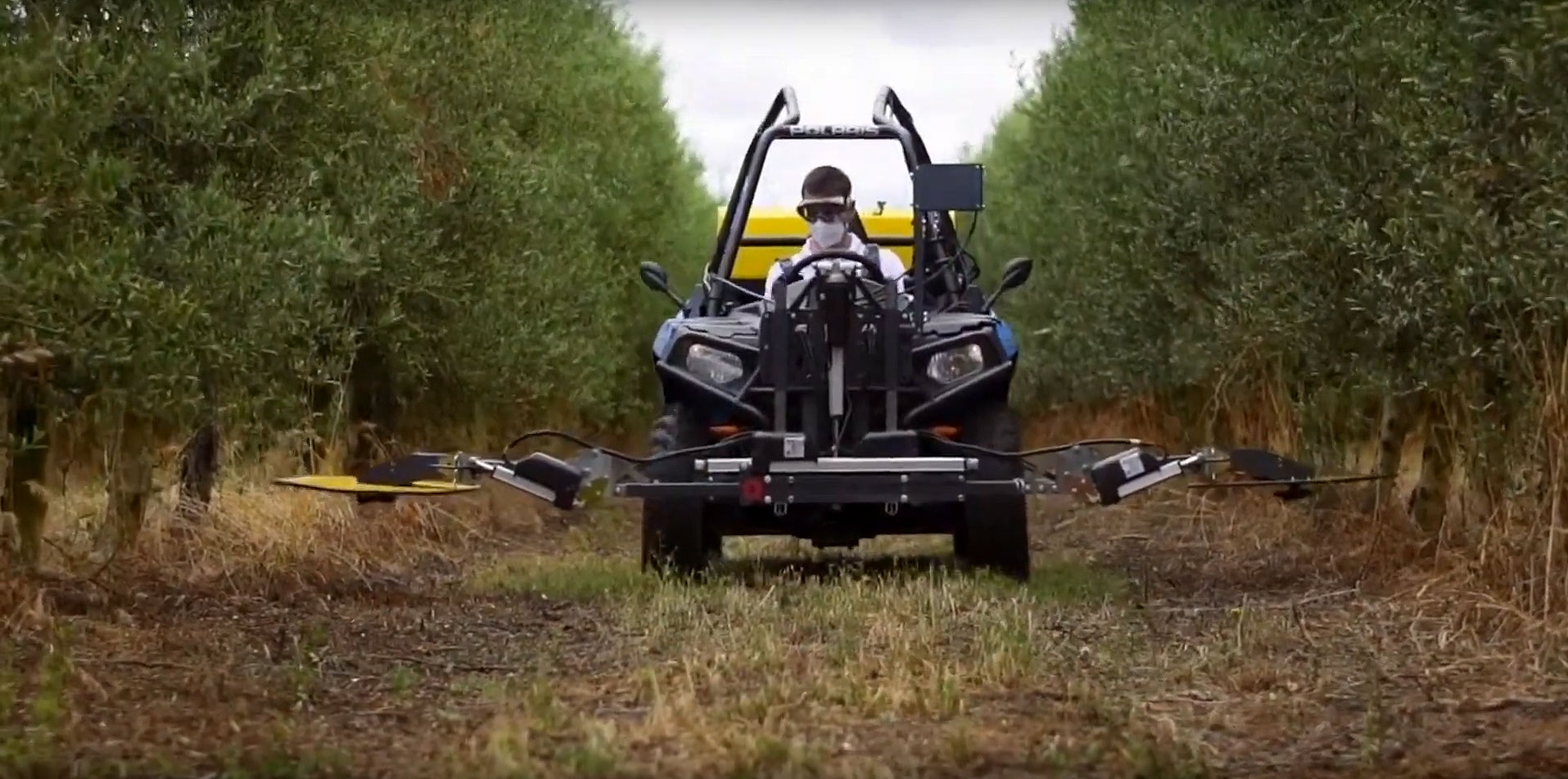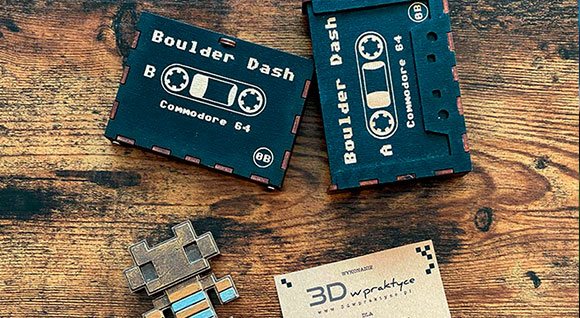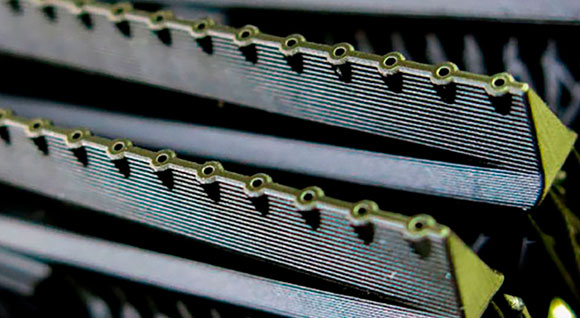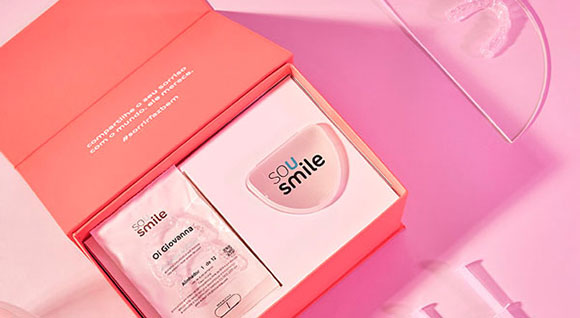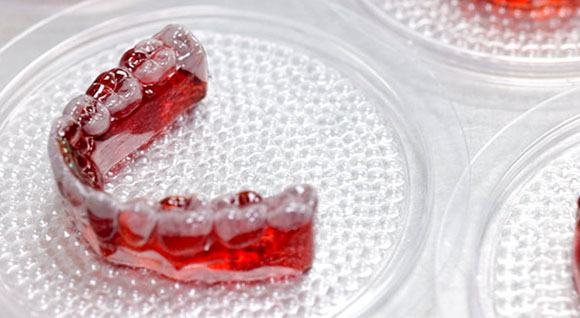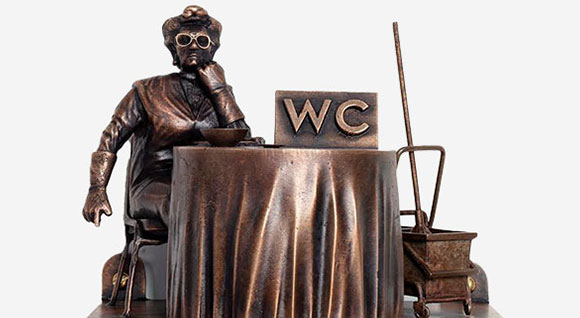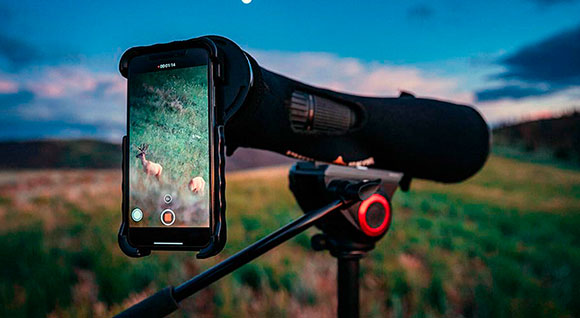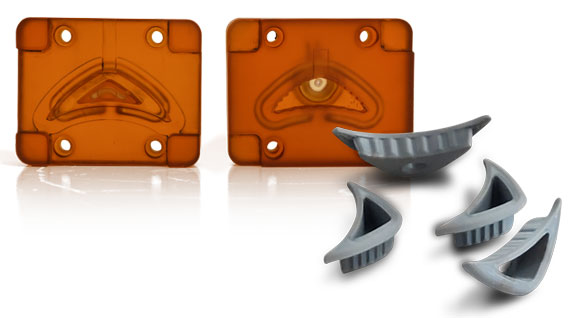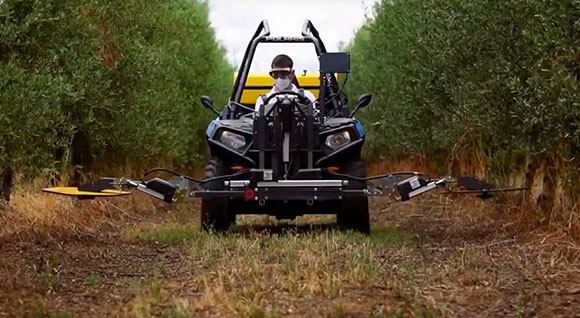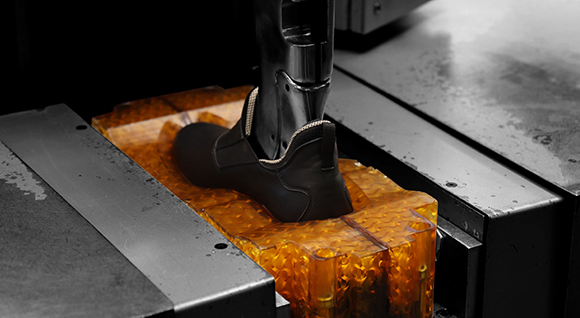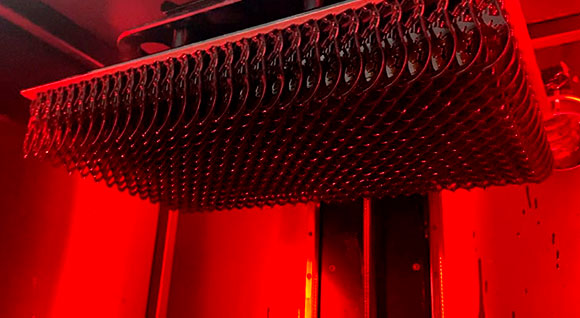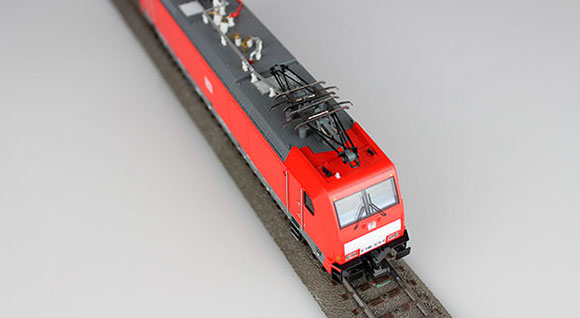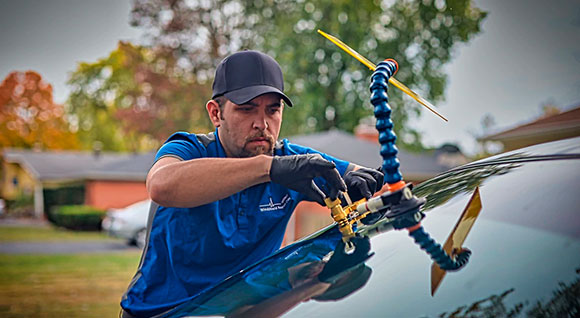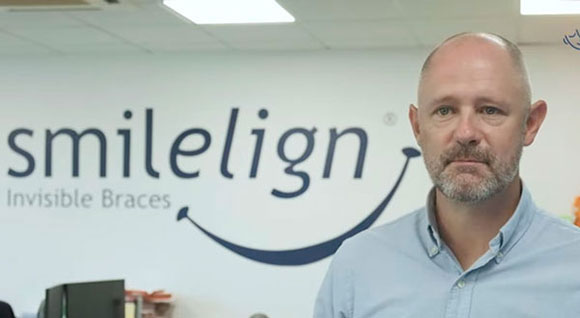Upscaling production with Photocentric 3D printing
Micron Group is a leading manufacturer of specialist sprayers and weed control equipment for a wide range of applications worldwide. After successfully moving into Fused Deposition Modelling (FDM) printing, Micron decided to step up their production by adopting custom manufacturing with Photocentric LCD-based technology
Affordable prototyping
Creating a new housing for a new motor and physically testing it without the need for costly moulds.
Fast design iterations
Ability to produce the same part at different sizes to check the variation in performance. Parts were available within 24 hours.
Reduced production costs
Manufacturing one-off blocks for a cabinet sprayer that were originally machined; the cost of production was dramatically reduced with 3D printing.
We have being using Liquid Crystal Magna for R&D techniques and we have now moved into production items. It is quick and easy to use which allows us to produce more technical products.
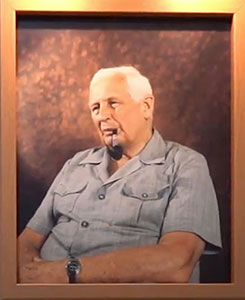
The Micron Group was founded by inventor Edward Bals who wanted to improve crop protection around the world. Micron, established in 1954, specialises in spray application technologies that create micron accurate drop sizes. Currently, Micron sprayers are exported to over 70 countries across the world and every year, around 2 million farmers in Africa use them to save on water and safeguard their crops.
The challenge
Scaling production with 3D Printing
In the early days of the company, Micron used cast metal parts. When plastics entered the scene in the late 70s, the use of computer aided design (CAD) and injection moulding transformed the business.
The Micron Group was designing 3D models for R&D and they felt that the next logical step was to incorporate 3D printing. They first looked at FDM and adopted the Raise3D N2 printer. Then, as demand continued to increase, they needed to scale production so they explored other techniques.
Iterative testing process
Without tooling or expensive manufacturing methods
Micron found that the Photocentric LC Magna printer was incredibly useful from a testing and development perspective; they were able to produce prototypes quickly and test how certain parameters affected the results. Micron could trial different disc types on different sprayers to test the impact on the innovative Micron’s droplet sizing laser.
Solution
Liquid Crystal Magna
Having had the experience of working with FDM, Micron has now embraced Photocentric LCD-based 3D printing technology to allow them to quicky prototype parts and analyse the process step-by-step. This helps improve functionality by creating more technically advanced products and reduces the time needed to switch from prototyping to production.
Micron felt that FDM was good for making prototypes but couldn’t cope with production runs. LC Magna, on the other hand, helps produce highly specialised items for custom applications.
Printing process
Quicker and easier
The whole printing process with Photocentric is quicker and easier. The support structure is easier to remove off the platform in comparison to FDM where the print can easily snap and break. Overall, Micron found the transition from an FDM to a resin-based unit, a very easy and smooth process. Micron is at a stage where they’ve got confidence about how to orient the parts and how to get the most out of their printed parts.
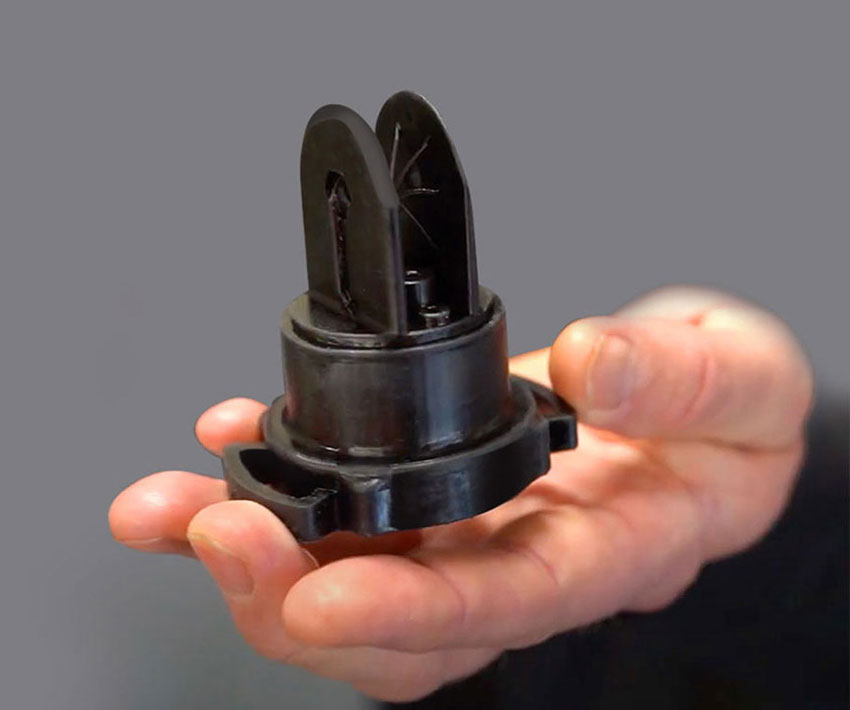
Result
A fast and affordable solution
The Micron Group is evolving how they use technology; CNC machining for machine metal parts alongside 3D printing as both a prototyping tool and low volume production method using Photocentric technology. Micron is at the beginning of this journey and this transformation continues to develop. The aim is to go to market and sell consumer-grade parts with an end-use finish.
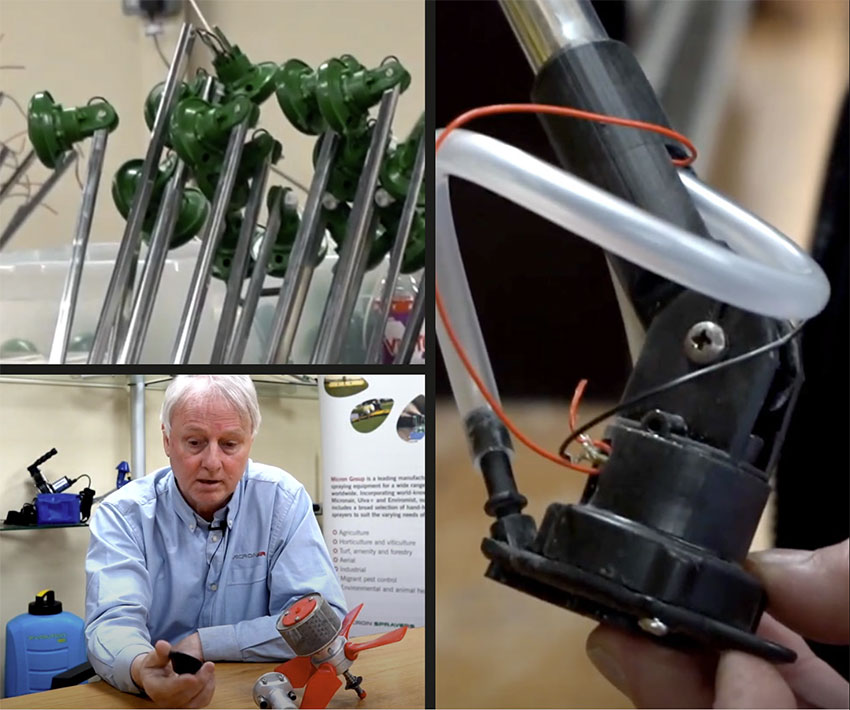
Micron Group is a leading manufacturer of specialist sprayers and weed control equipment for a wide range of applications worldwide. After successfully moving into Fused Deposition Modelling (FDM) printing, Micron decided to step up their production by adopting custom manufacturing with Photocentric LCD-based technology
Affordable prototyping
Creating a new housing for a new motor and physically testing it without the need for costly moulds.
Fast design iterations
Ability to produce the same part at different sizes to check the variation in performance. Parts were available within 24 hours.
Reduced production costs
Manufacturing one-off blocks for a cabinet sprayer that were originally machined; the cost of production was dramatically reduced with 3D printing.
We have being using Liquid Crystal Magna for R&D techniques and we have now moved in production items. It is quick and easy to use producing more technical products.
The challenge
Scaling production with 3D Printing
In the early days of the company, Micron used cast metal parts. When plastics entered the scene in the late 70s, the use of computer aided design (CAD) and injection moulding transformed the business.
The Micron Group was designing 3D models for R&D and they felt that the next logical step was to incorporate 3D printing. They first looked at FDM and adopted the Raise3D N2 printer. Then, as demand continued to increase, they needed to scale production so they explored other techniques.
Iterative testing process
Without tooling or expensive manufacturing methods
Micron found that the Photocentric LC Magna printer was incredibly useful from a testing and development perspective; they were able to produce prototypes quickly and test how certain parameters affected the results. Micron could trial different disc types on different sprayers to test the impact on the innovative Micron’s droplet sizing laser.
Solution
Liquid Crystal Magna
The whole printing process with Photocentric is quicker and easier. The support structure is easier to remove off the platform in comparison to FDM where the print can easily snap and break. Overall, Micron found the transition from an FDM to a resin-based unit, a very easy and smooth process. Micron is at a stage where they’ve got confidence about how to orient the parts and how to get the most out of their printed parts.
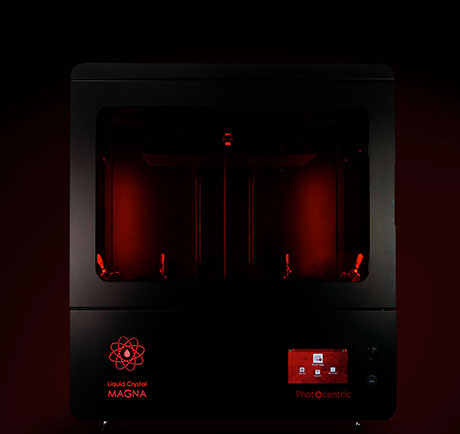
Printing Process
Quicker and easier
The whole printing process with Photocentric is quicker and easier. The support structure is easier to remove off the platform in comparison to FDM where the print can easily snap and break. Overall, Micron found the transition from an FDM to a resin-based unit, a very easy and smooth process. Micron is at a stage where they’ve got confidence about how to orient the parts and how to get the most out of their printed parts.
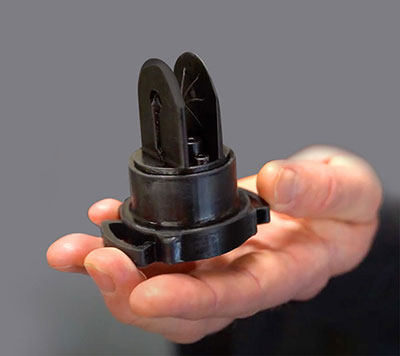
Result
A fast and affordable solution
The Micron Group is evolving how they use technology; CNC machining for machine metal parts alongside 3D printing as both a prototyping tool and low volume production method using Photocentric technology. Micron is at the beginning of this journey and this transformation continues to develop. The aim is to go to market and sell consumer-grade parts with an end-use finish.
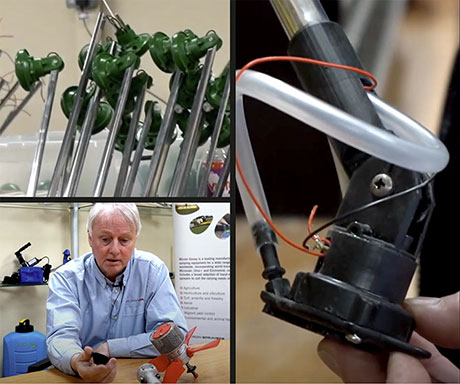
Explore more case studies
